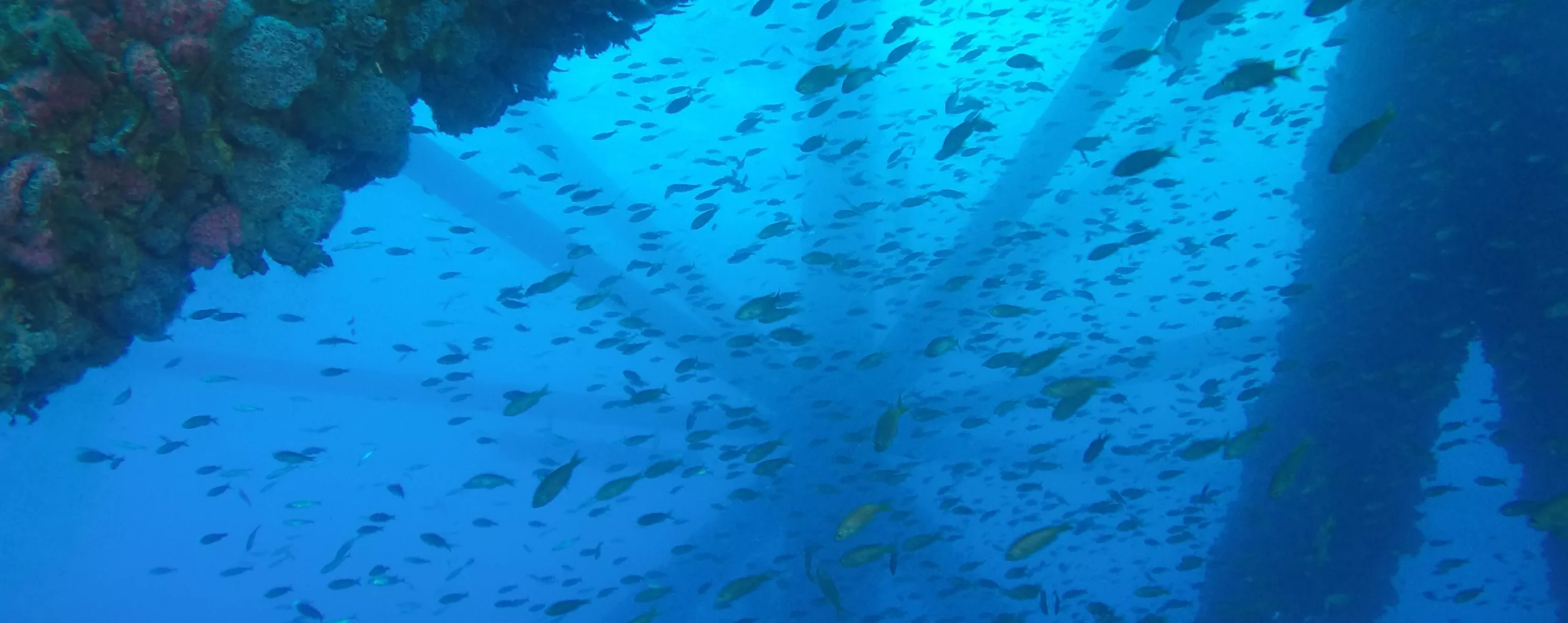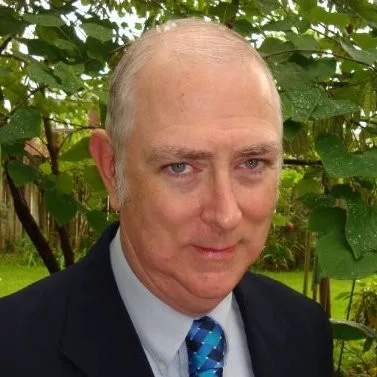
The Law of Unintended Consequences – Part 2
In last week’s Decommissioning blog post we learned about the Law of Unintended Consequences or LOUC for short. We also discussed the attitude of a decent portion of the public not familiar with the oilfield and observed that:
- There is negativity to the oilfield among those unfamiliar with the industry.
- The attitude of some toward older offshore installations is:
- They are worn out, dirty, dangerous, and probably leak oil.
- Yes, let’s remove them and clean the area, the cleaner the better.
- While this could be considered a public relations problem, it is perhaps best considered a Public Education
We also made some potentially outlandish claims about the LOUC and that its effect on decommissioning could result in a “win-win-win” situation for the oilfield. (Read last week’s blog for further details on these outrageous claims.)
So, we’ll admit it. We teased you unmercifully last week and now it is time to come through with backup for these claims.
When the original designers and planners of a typical offshore installation made their decisions, they wanted a few basic things. Strength, safety, functionality, ability to get the oil to market, etc. As the oilfield traversed the decade of the 1970s, factors relating to the environment became more important than they had been, and so spill minimization entered the picture, increasing in importance as the years passed.
Let’s look at the life of a standard design, shallow water, platform jacket for example, and see what the Law of Unintended Consequences tends to be for such a facility.
PLAN |
Law of Unintended Consequences |
| Engineer, Design, Fabricate | N/A |
| Install | Brand new shiny steel in the water |
| Early life, first year: First Oil | Appearance of tiny critters who live attached to steel |
| Early life, years 2+: Production ramps up | Wide range of critters who live on steel; small predators attracted to the tiny ones |
| Mid life: Production peaks, then starts to decline | Full blown marine life exists under / around facility |
| Late Life: Maximizing dwindling reserves | Facility is a vibrant “in-situ aquarium” in the ocean |
| End Life: Facility has little value, remove to seabed and clean area | Facility has become a thriving ecosystem. What is best decision? |
What is the LOUC for an offshore platform jacket? We are NOT examining the removal of a worn-out, dirty, useless structure; we may well be considering removal of a man-created aquatic preserve of great beauty!
Law of Unintended Consequences – Positive Environmental Impact
It is likely that the lay person does not realize that the oil facilities that many of them might consider as dirty, worn out, and useless, may have as much (unintended, but still real) benefit for the planet’s environment as do many national preserves and wildlife areas.
Indeed, in the North Sea, a study was performed with marine mammals such a porpoises and dolphins. Radio transmitters were placed on selected animals, and their travel, habitat, and feeding patterns were studied. Large mammals such as these, along with other large predators like sharks, feed by “going where the fish are.” The study revealed that the mammals tended to travel point-to-point between oilfield installations, remaining at each one for the time required to fill their bellies. Oilfield facilities are preferred feeding grounds for large predators because they are “where the fish are.”
Oil men, who simply designed and installed facilities that fulfilled basic functional needs, have unintentionally created individual environmental havens, which support an incredible variety of life of all kinds.
Why does this happen? In scientific terms, here is what happens:
- Man puts steel and other ‘hard stuff’ into the sea.
- Plant life (algae, sponges etc.) loves ‘hard’ habitat.
- Tiny little critters love ‘hard’ habitat and eat plant life.
- Small critters like to eat tiny critters, and enjoy the shelter that steel stuff provides.
- Bigger critters like to eat the small critters and enjoy the shelter.
- Large predators like to eat the bigger critters.
You might say, OK, this is eye-opening, but what about deep water? Well, emerging data tends to support the fact that critters seem to like hard habitats even in deep water. And, where tiny critters go, other life follows. It seems to all start with steel and other hard substrates. A critter who will turn up his nose (or gills, or whatever) at sea bottom mud, will jump (or swim, or whatever) at the chance to make its home on a chunk of steel.
How does all this translate into that win-win-win scenario that was touted so heavily in the last blog?
The LOUC has produced a game-changer. What were expected to be worn out, useless facilities are really man-made thriving ecosystems where millions of animals live. Knowing that this is the outcome of our efforts – regardless of what we had planned to build – should permanently change the way we go about disposing of them. To cut a platform jacket 15 feet below mudline and satisfy a government regulation will indeed allow a company to comply with the rules: we have left the sea floor cleaner than we found it. Unfortunately, we have also removed millions of tiny critters from this location along with their homes. And all the fish up the food chain, which depend on the tiny ones, have lost their shelter and food sources to boot. Is a clean sea floor really better than one which supports a zillion fish?
In decommissioning, the presumption is that we get the insides of our equipment clean and safe. So our wells, separating equipment, and pipelines end up plugged & abandoned, removed, or flushed clean. There is no quibble about these things. But what about the structures and equipment that remain, in sea water or on the sea bed? Given that we have unintentionally created a boon for the environment with this equipment, it behooves the industry to re-consider any edict to simply remove it in all cases.
Common sense would lead us to think that something that is now an ecological asset rather than mere junk would lead us to the point where, at least in some cases, it might be a better decision for the vast majority of stakeholders to consider leaving the asset right where it is. This would allow the wonderful haven for marine life to survive and continue its benefit to the region.
This is where two of the “wins” in the “win-win-win” scenario come from. Wouldn’t it be a great “win” for an operator if its asset’s best fate is to remain at its current location? And, the local ecology would receive a “win” as well. Such a situation is an economic benefit for the operator while also being an environmental benefit for the region.
How about that third “win?” Two out of three ain’t bad. For the last one, you’ll have to stay with us and return next week.
Photo Credit: Blue Latitudes; used with permission.

Keith Caulfield
Operations Advisor
Keith Caulfield is known as “The Finisher” because he never misses a deadline. His career includes design experience in offshore and deepsea structures, pressure vessels, and oilfield mechanical engineering, such as subsea wellheads and subsea trees. He is named on four US patents or patents…